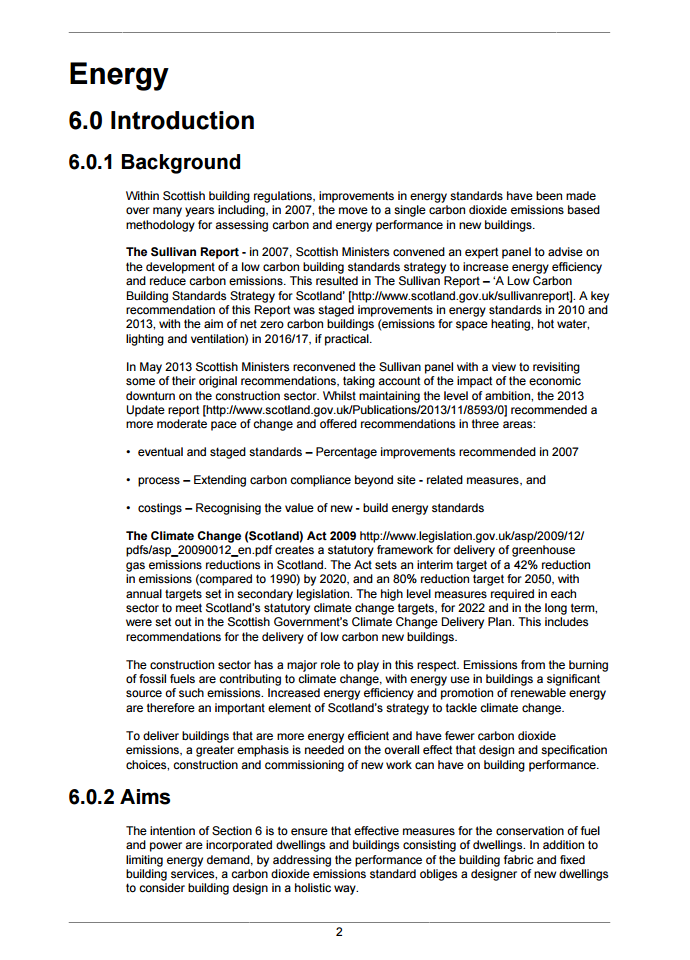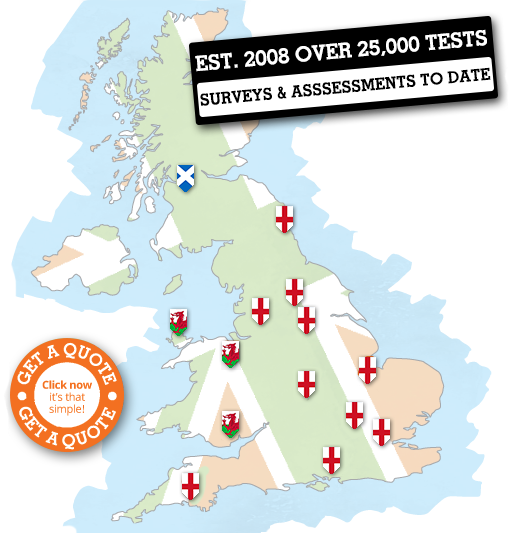Offices Nationwide

Sound Transmissions
Paths can be interrupted by insulation and blocking air paths. A material's insulation is governed by mass, stiffening and damping...more

Noise Disturbance
Building acoustics can help to mitigate the effects of noise disturbance which can have negative effects on your health and well-being...more
Air Testing is sometimes referred to as Domestic Air pressure tests, Domestic Air tightness tests, Domestic Air tests, Domestic Air pressure testing, Domestic Air tightness testing, Domestic Air leakage testing.
Air Leaking Testing Across the UK
How Many Properties Need An Air Tightness Test?
The number of tests required are as follows:
- 4 or less properties of the same type: one test needed per type
- More than 4 but less than 40 dwellings of a type: at least two tests of each type
- More than 40 properties of a type: 5% of each type UNLESS the first 5 get a passing score - then this can be dropped to just 2%
What Does An Air Leakage Test Involve?
Whilst the air tightness test is being undertaken, furniture will not be affected but smaller items such as paper must be held down or removed completely so they're not blown about. The pressure of the room will be tested and as such all windows and doors that lead outside must be securely closed to avoid them swinging open and the test being abandoned. Similarly, all internal doors should be wedged open to avoid being slammed shut.
An air test involves placing a large fan, or several fans, to an opening within the property; usually a doorway. The fans will increase and decrease in speed that will in-turn change the building's air pressure and record the results. Please note: an air test cannot be carried out if wind speed is more than 13mph. 3 metres per second is the ideal wind speed when undertaking an air test in the UK.
There should be no outside access once the test has begun for approximately 90 minutes so plan accordingly. Workers can still do their job inside the property, within reason, though may feel some discomfort due to the noise of the fan and the draught that will be felt throughout the building.
When Should The Test Take Place?
For obvious reasons, an air pressure test is generally one of the last surveys to be undertaken once all the walls, windows, doors etc. are complete and sealed to stop any air escaping and prevent drafts through the property. The building envelope will also need to be completed.
What Air Permeability Rating Do I Need?
Your air permeability rating resembles the amount of uncontrolled air that's leaking from the dwelling. A passing score in the UK is 10 m³/(h.m²). If the air test fails, we will help you identify where these leakage areas occur in the hope that a passing rate will be achieved following a re-test.
Do I Need An Air Leakage Test?
All new buildings in England and Wales have had a mandatory requirement since 2006 (2010 in Scotland) that domestic and commercial buildings, over a certain size, must have a passing air leakage certificate before the property can be sold.
Planning your test in advance will help our experience air assessment team covering the UK to determine how many tests you'll need ahead of time per property and will be happy to offer advice on the best ways to gain your air permeability rating.
On a large plot of new houses that are built to a similar specification, only a sample of the houses will need to be air tested. This is outlined in Part L of Government building regulations.
Warning: count(): Parameter must be an array or an object that implements Countable in /data04/elite/public_html/Office.php on line 755
For further Domestic-Air-Pressure-Testing information for your area, be sure to check out Air-Testing-.co.uk.
Our other services include:
Warning: Invalid argument supplied for foreach() in /data04/elite/public_html/Office.php on line 769
Domestic Air Pressure Testing can also be known as:
Fan Pressure Testing, Air Tightness Testing, Air Leakage Testing, Air Integrity Testing, Domestic Air Tightness Testing, Domestic House Leakage Testing, Domestic Air Testing, Domestic Air Leakage Testing, Domestic Air Integrity Testing, Air Pressure Testing, Domestic Fan Pressure Testing, Air Testing, House Leakage Testing,
Copyright 2025 E2 Specialist Consultants Limited
Company No. 06728970
In County U
Warning: count(): Parameter must be an array or an object that implements Countable in /data04/elite/public_html/includes/mobfooter.php on line 208
Sorry, we have no listings for the letter you've selected.







































